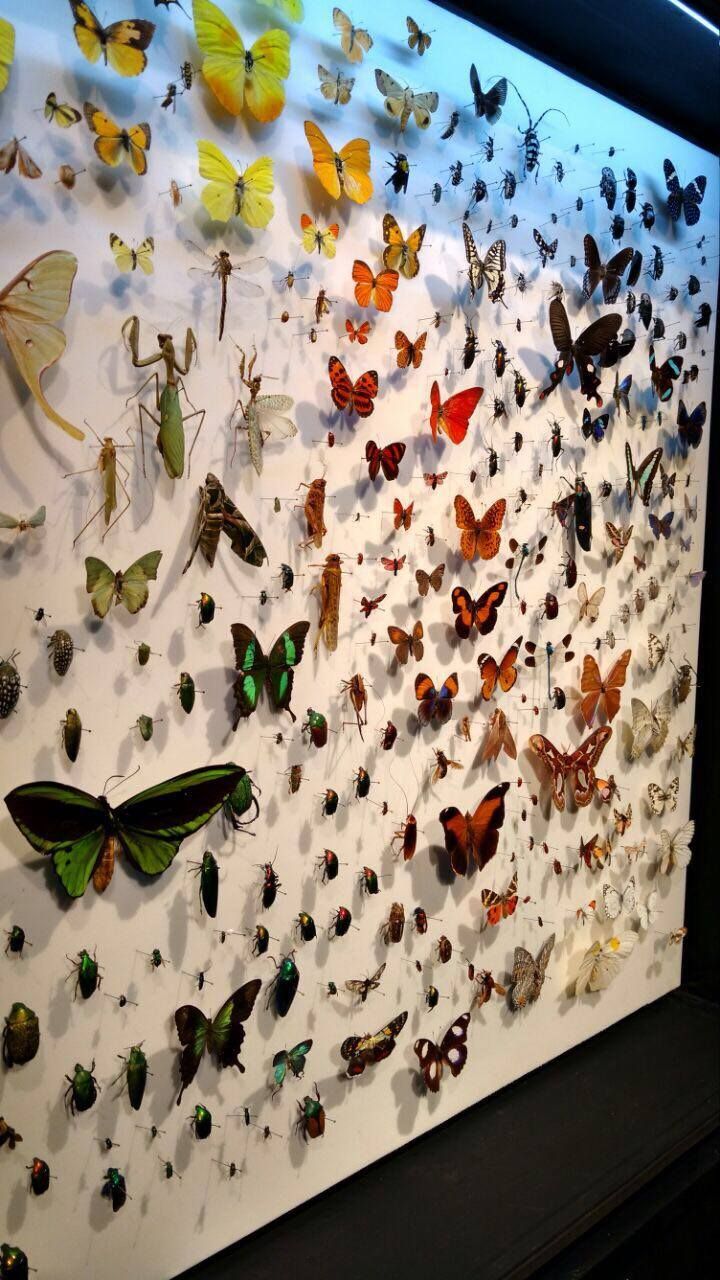About
Before the addition of this 100,000-square-foot, ark-shaped building to the campus, the collections of Tel Aviv University’s Zoological Museum, Biological Anthropology Museum, and National Herbarium were just sort of kept wherever there was room.
Millions of specimens were stored in hallways, in cabinets without locks, and even under sewage pipes. Some, preserved in flammable liquids, resided in buildings without proper fire prevention systems.
The combined collection is now safely contained in the Steinhardt Museum of Natural History, the first dedicated natural history museum in Israel. It houses and preserves the 5 million specimens once only available to scholars at the university, and also features laboratories and an auditorium for public demonstrations.
Besides displaying the enormous collection, the Steinhardt intends to explore nature conservation and environmental protection, including keeping track of how humans continue to shape the Mediterranean, which only makes up about 1 percent of the ocean’s surface area, but is home to 17,000 species.
The collection continues to grow all the time; staff members and students collect flora and fauna samples from all over, and the museum is filled with animals, insects, shells, and fossils.
Related Tags
Community Contributors
Added By
Published
October 13, 2017





































